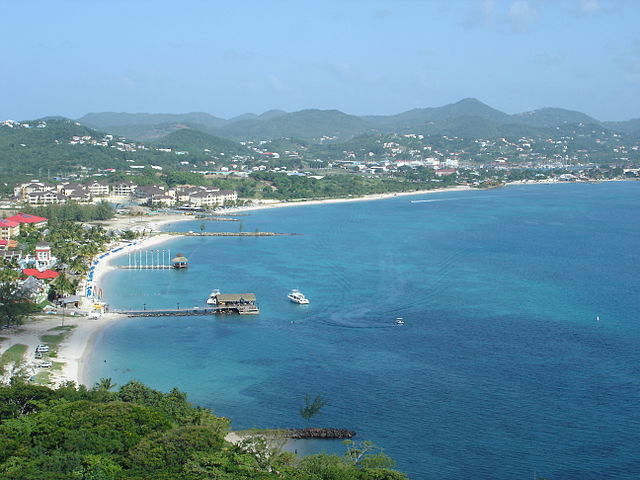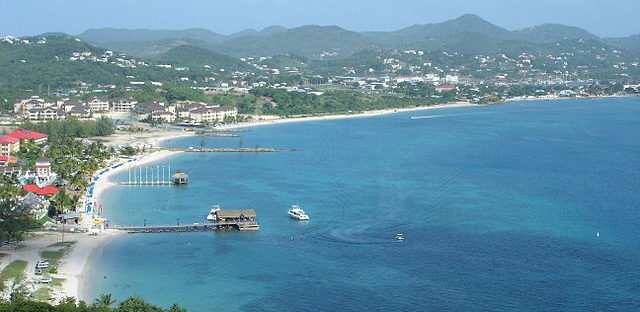- Target: Generate 35% of the country’s energy from renewables by 2020.
- Status: In progress
- RES: Geothermal, wind and solar power.
- Implementation: Saint Lucia is a Sovereign Island and former French and British colony located between the Atlantic Ocean and the Caribbean Sea. It gained independence in 1979. The country’s economy is based on tourism and the export of bananas. Its energy consumption depends on imported fossil fuels, particularly diesel. Facing the effects of fluctuating energy prices and the impacts of climate change, the Saint Lucia Government recognizes the economic and moral imperative to reduce its greenhouse gas emissions and plans over the next 10 years to switch much of its electricity from diesel to renewables. The government aims to reduce the costs for electricity and the demand of diesel imports, while simplifying opportunities for its citizens to generate their own electricity. In 2016, the government carried out the installation of solar PV panels on the roofs of the National Mental Wellness Centre (NMWC) and the headquarters of the National Emergency Management Organization (NEMO). In 2017, the first utility scale renewable project was constructed on the island: a 3MW solar plant by the airport funded by the utility company LUCELEC. In 2013, Saint Lucia had joined the Carbon War Room’s Ten Island Challenge at the Caribbean Conservation Summit, which aims to help islands across the Caribbean to transition to 100% renewable electricity generation.
- Population: 178,015 (2016)
- Area: 617 km2 (238 sq mi)
- Link: https://www.nrel.gov/docs/fy15osti/62688.pdf

